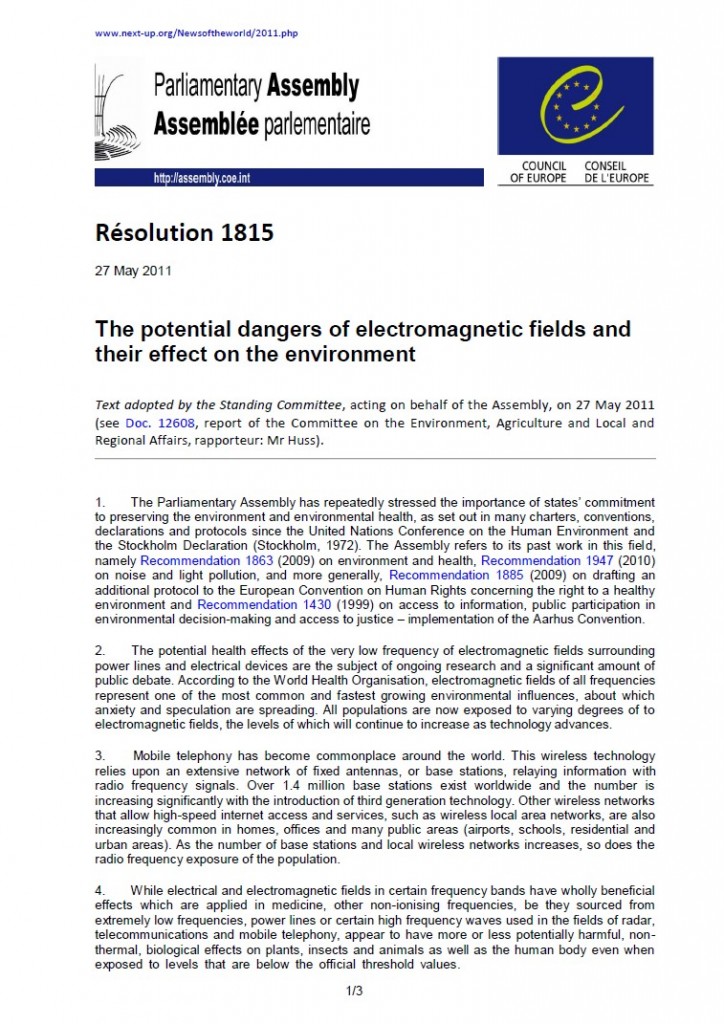Portada del sitio > Estudios Científicos > Effects of 900 MHz Radiofrequency Radiation on Skin. Cell Biochem (...)

Effects of 900 MHz Radiofrequency Radiation on Skin. Cell Biochem Biophys
Miércoles 30 de abril de 2014 · 476 lecturas
Abstract The present study aimed to investigate the
possible effect of pulse-modulated radiofrequency radiation
(RFR) on rat skin hydroxyproline content, since skin is
the first target of external electromagnetic fields. Skin
hydroxyproline content was measured using liquid chromatography
mass spectrometer method. Two months old
male wistar rats were exposed to a 900 MHz pulse-modulated
RFR at an average whole body specific absorption
rate (SAR) of 1.35 W/kg for 20 min/day for 3 weeks. The
radiofrequency (RF) signals were pulse modulated by
rectangular pulses with a repetition frequency of 217 Hz
and a duty cycle of 1:8 (pulse width 0.576 ms). A skin
biopsy was taken at the upper part of the abdominal costa
after the exposure. The data indicated that whole body
exposure to a pulse-modulated RF radiation that is similar
to that emitted by the global system for mobile communications
(GSM) mobile phones caused a statistically significant
increase in the skin hydroxyproline level
(p = 0.049, Mann–Whitney U test). Under our experimental
conditions, at a SAR less than the International
Commission on Non-Ionizing Radiation Protection safety
limit recommendation, there was evidence that GSM signals
could alter hydroxyproline concentration in the rat
skin.
Keywords Radiofrequency radiation - 900 MHz - Skin -
Hydroxyproline - Collagen - LC MS/MS
Ver el artículo completo en pdf








